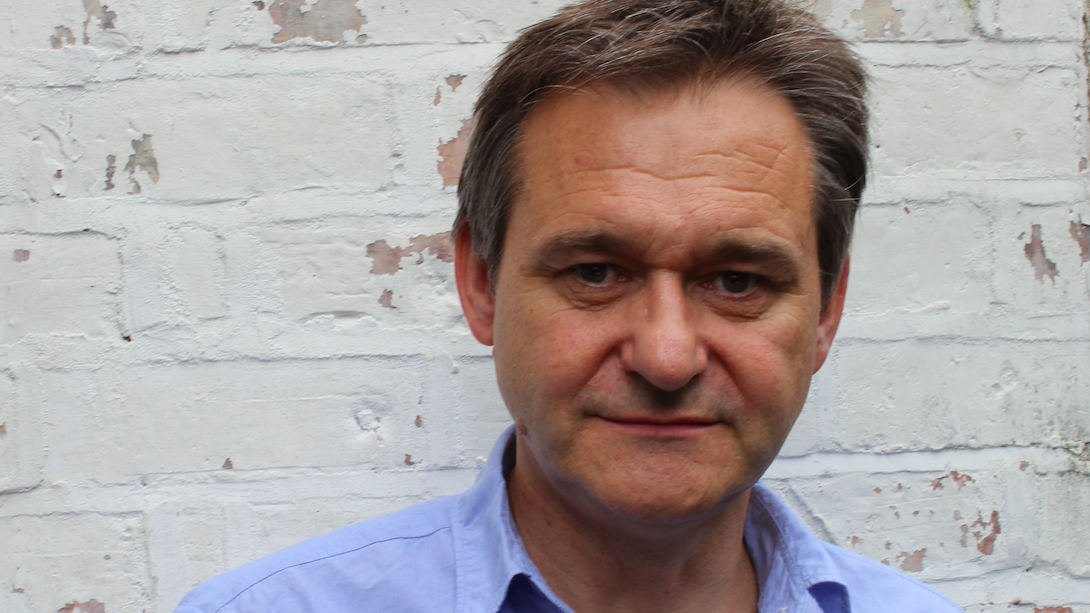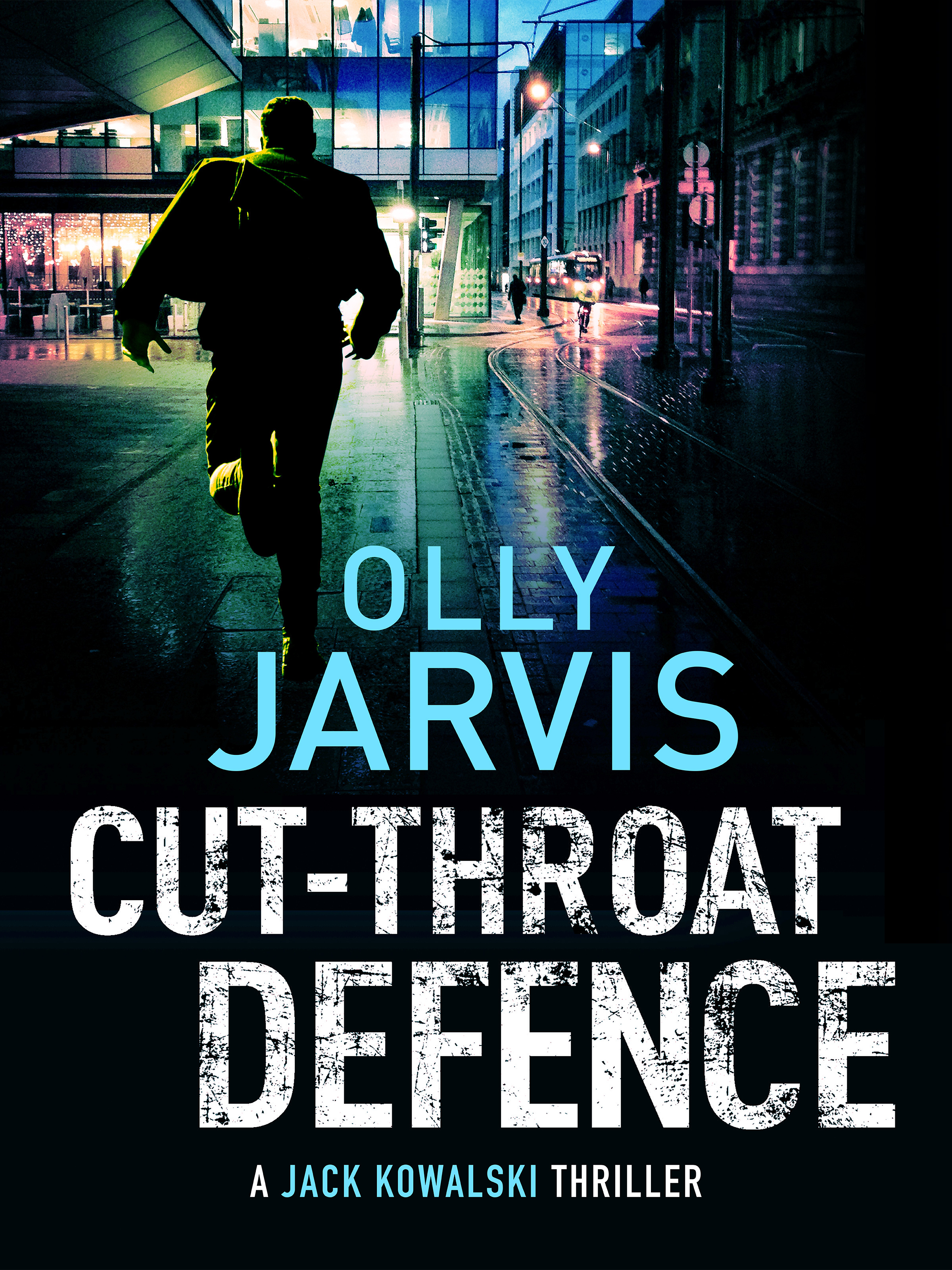Story, story, story. That was the best advice I was given about writing thrillers and, for me, that’s the legal variety.

Like me, many sub-genre thriller writers draw on their past lives – police, doctors, psychologists and politicians, to name but a few. We’ve all had the advice - write about what you know, but taking it literally can be fraught with danger.
What makes a great thriller? Plot and characterization. One without the other and the reader just won’t care enough. Writing in my genre, the law can only ever be the framework for the story. If you think of the greatest legal thrillers, you will remember the characters and the challenges they overcame. Few would recall or even care about the implications of state law which Atticus Finch had to consider in To Kill a Mockingbird, or the nuances of mail fraud in John Grisham’s The Firm. Although they are stamped on our memories as legal thrillers, in actual fact, the law was just a medium used to tell a great tale.
When I started writing, I found it so difficult to remember I was a novelist, rather than a criminal barrister. I had an irresistible need to explain every legal technicality, every court procedure, concerned that the reader must understand the law as well as me. Such details often really don’t matter and long expositions in the name of authenticity only slow down the plot. If it’s absolutely necessary, there are other ways to get the point across: show, don’t tell.
A literary agent once told me one of my early manuscripts was too long. He demanded that I cut 10,000 words of ‘legal explaining’. Having followed his orders to the letter, like every new and desperate writer, I was astounded when I re-read it. Not only was the plot much clearer without my running commentary, but the narrative had doubled in pace.

So, now I’m honest with myself. Was that last section I wrote essential to the plot or was I just showing off - falling back on my expertise - using it as a crutch so I could tell myself: ‘at least I know my genre better than the competition’? I resist the temptation and do what Faulkner, Wilde and King have said is the hardest thing of all for an author, ‘kill my darlings.’ Every page I write is on a need to know basis. Plot comes first.
Of course, every writer is different. I hear about great authors who write freely and ‘see where it takes them’. Sadly, for me, that just doesn’t work. Once I have an idea, my planning starts with the beginning and the denouement. I think about my hero and what kind of a person he will become - how the story is going to change him.
Once I have that loose story arc, I work on a broader outline, constructing a framework for the book and how the legal process will drive the story, before moving on to map out the chapter structures. I have to know where I’m going before I start on the manuscript. I plan the twists, turns and revelations and how I can pull the reader along. This is the time when the legal backdrop comes into its own. A scene where the main character stumbles on some new piece of evidence, sitting at his desk, burning the midnight oil might work, but it would be far more dramatic if he makes the discovery in the courtroom, on his feet in the middle of a cross-examination. I’m lucky; a criminal trial is a superb vehicle for adding tension and suspense. My chapter structure document stays on the right of my computer screen until the book is finished, changing and growing, so that all eureka moments are quickly jotted down.
Another lesson I learned early on was to keep going once I’ve started on the manuscript. I could lose days stressing over how I could tie something into the plot, or pull two strands together. Now I power on through and worry about it later. It’s far easier to add sections to a finished manuscript. That’s when I have the bigger picture: the perfect time to weave in the subtlest of new threads. It was a startling revelation when I realised that a couple of tweaks here and a new paragraph there and I had a whole new sub-plot.
Then comes the final task – stripping it down. Where can I chop to increase pace? Have I told the reader too much? Can I further limit the drip-feeding of information so as to increase the level of surprise? By now I know the manuscript backwards, but I have to remember to see it through the eyes of the reader.
Cut-Throat Defence is published by Canelo, price £3.99 as an ebook. Visit Olly's website here or follow him on Twitter.
Comments